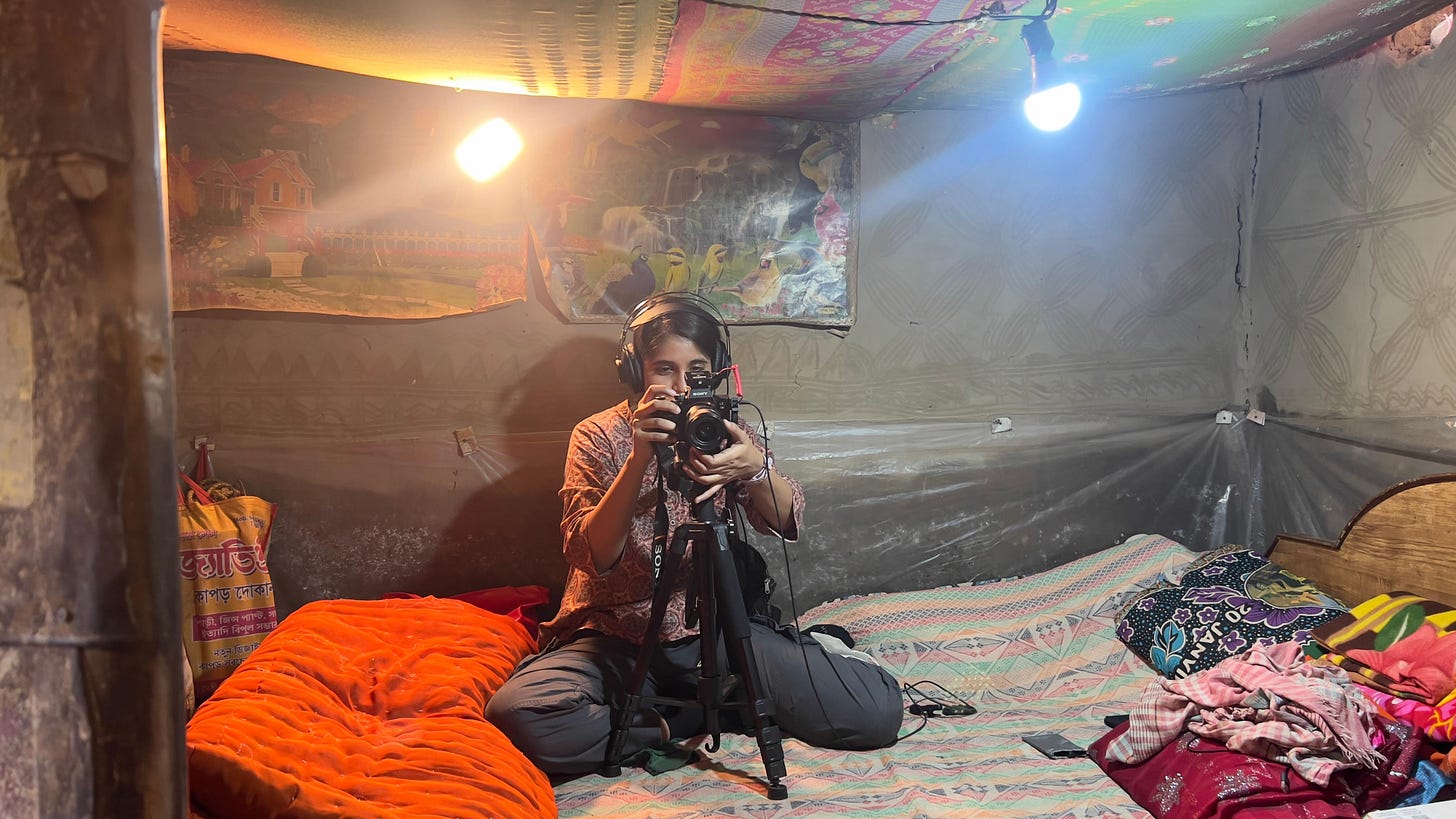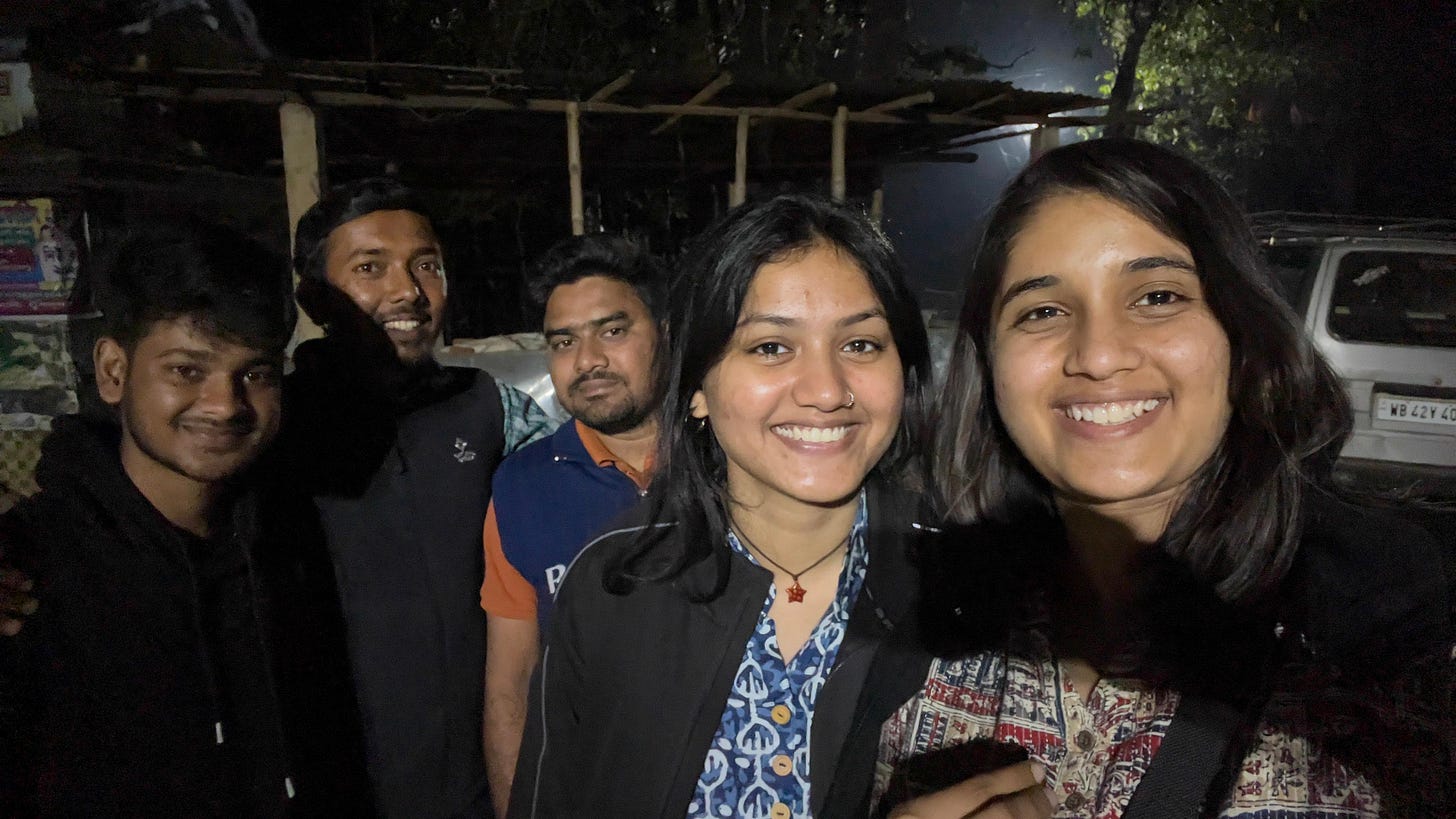Reporters' Diaries: Harshita's Journey Tracing Political Violence in West Bengal
Welcome to Reporters’ Diaries, a newsletter that takes you behind the scenes of our most compelling stories.
Journalism is more than just words on a page or visuals on a screen—it is a journey of discovery, a pursuit of truth, and a window into the lives of those who shape our world. Through this newsletter, we invite you to step into the shoes of our reporters, experience their journey marked by curiosity, courage, and compassion, and gain insight into the intricate process behind storytelling.
In this edition, we hear from Harshita about her Journey of tracing the political violence in West Bengal.
It was my first time in West Bengal. For years, I had been wanting to visit Kolkata, its capital city—one of the cultural nerve centres of India. Finally, my work took me there. It had been a while since I traveled purely for my stories, and the mix of excitement and nervousness made it all the more exhilarating.
The first challenge, however, wasn’t the story—it was the language. Bengali is the heart and soul of conversations in the state, and my knowledge of it was limited to a handful of sentences. I rehearsed one in particular: “Ami Bangla jaani na. Apni ki Hindi bujhte paren?” (I don’t know Bengali. Do you understand Hindi?).
I wasn’t trying to impose my language, but I hoped Hindi would work better than English. When in doubt, I turned to ChatGPT for translations, sending WhatsApp messages in Bengali to explain my linguistic limitations upfront. I wanted my interviews to be as fluid as possible, so I actively sought out people who understood even broken Hindi. Communication had to work, somehow
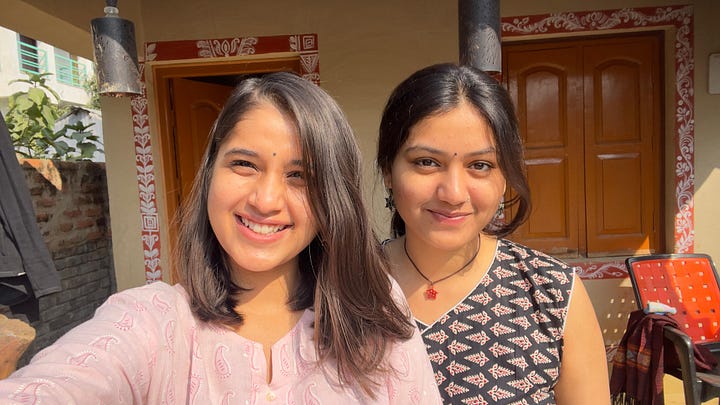
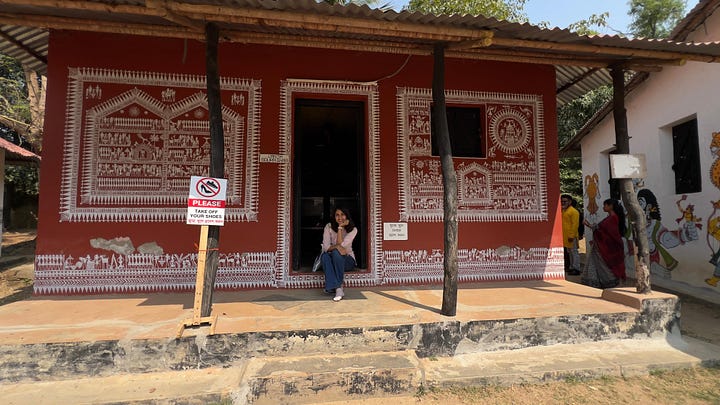
Accompanied by my colleague Shefali, I travelled to the interiors of West Bengal, seeking to understand the long history of political violence in the state. Unlike other places where electoral clashes flare up occasionally, in Bengal, violence is woven into the very fabric of its politics—a legacy spanning more than six decades. This wasn’t just about elections. It was about power, survival, and the erosion of people’s fundamental right to vote.
Our journey took us 15 kilometers before Shantiniketan, to Bishnupur village, where Ajaharuddin—whom we also called Azahar—lived. His brother, Rajibul, had been killed in a brutal political skirmish. But this wasn’t just about one life lost—it was part of a larger pattern, a cycle that seemed impossible to break. However, reaching Azahar’s story was no simple task. After countless phone calls and referrals, we finally made contact, traveling to his home was an odyssey in itself.
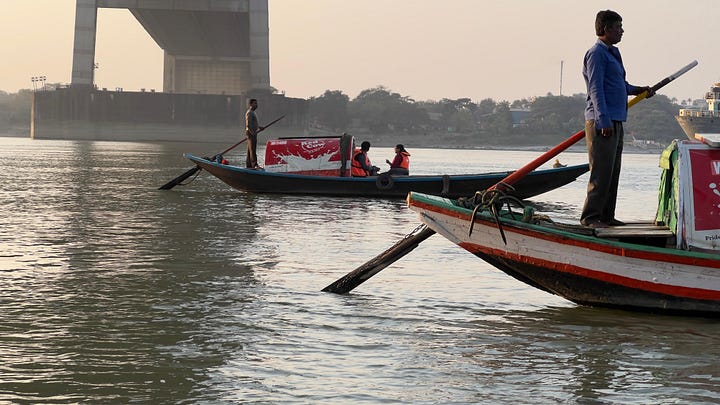
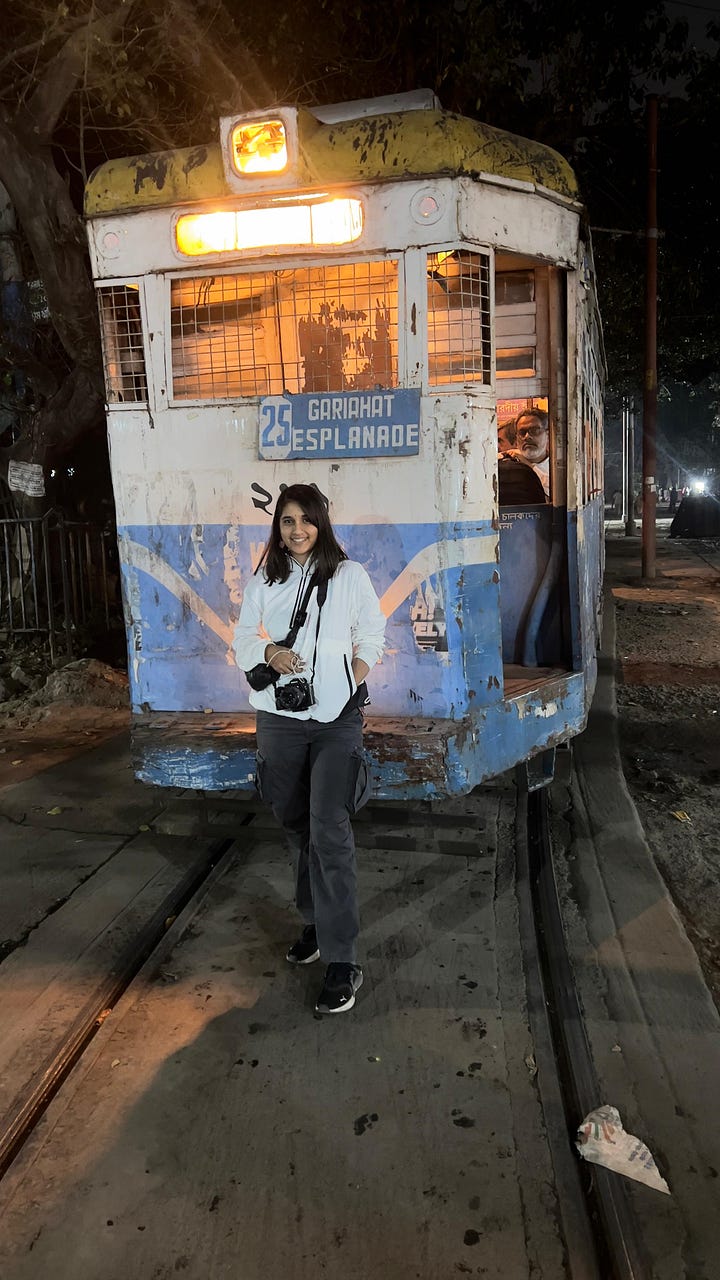
We took nearly every form of transport imaginable—auto-rickshaws, buses, packed local trains with no space for our luggage. In the chaos, we were often scolded or yelled at in a language we barely understood. But beyond the frustration, there were moments of stillness—glimpses of Bengal’s raw beauty through the train window, the rhythm of life moving at its own unhurried pace. Once our shoot wrapped up, we found ourselves with half a day in Shantiniketan. Azahar, no longer just an interviewee but a friend, became our guide. For a brief while, we stepped away from Bengal’s political turmoil and into its cultural heartbeat.
The timing couldn’t have been more perfect—it was Saraswati Puja. The town was bathed in yellow, as people in traditional attire filled the streets. The air buzzed with music, prayers, and festivity. We walked through the streets, soaking in the atmosphere, before he finally saw us off at the bus stop. This journey was more than just reporting on political violence. It deepened my understanding of a state that is at once vibrant and conflicted. Kolkata’s chaotic energy, the languid afternoons of its small towns, the resilience of its people, and the ever-present undercurrent of politics—I had seen it all. And of course, no trip to Kolkata is complete without indulging in its legendary sweets. Between work and travel, I made sure to try as many as I could—each bite adding to a collection of memories I’ll carry with me.
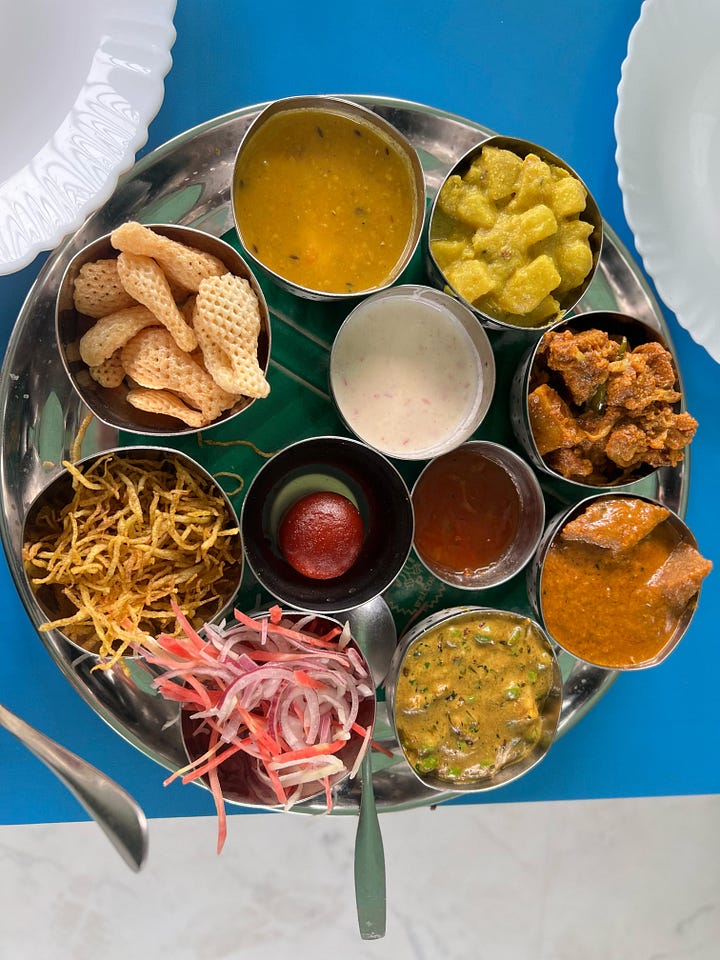
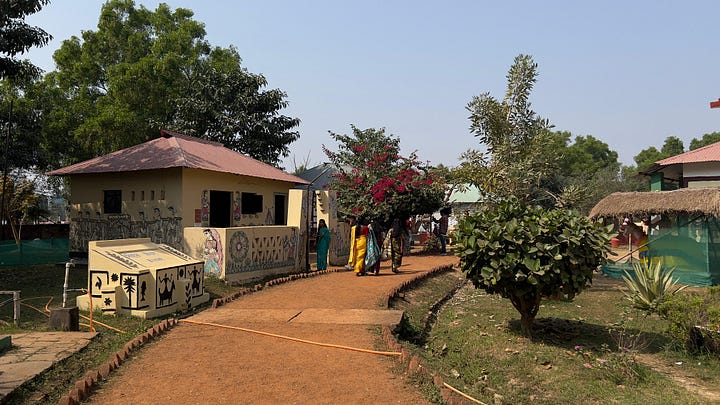
The report is now out, delving deeper into the layers of this issue. But beyond the written words, this journey has left an imprint on me—one of learning, struggle, and an ever-growing curiosity to understand the places I report from. Please watch the story to know more.
Blood and Ballots: Political Violence in West Bengal
By Harshita Rathore
Harshita brings to you the story of Ajaharuddin, a primary school teacher in West Bengal, whose fight for a free and fair election turned into a harrowing battle for survival. For 15 years, his village had been gripped by political intimidation, where voting was dictated by fear rather than choice. Determined to reclaim their democratic rights, Ajaharuddin and his brother joined the opposition, only to face brutal consequences—his brother was allegedly attacked just before the 2023 Panchayat elections. Their struggle is part of a long history of electoral violence in West Bengal, where political rivalries routinely spill into bloodshed. This is more than just politics—it is about the fundamental right to vote without fear.
Stay tuned for more such stories from our reporters. Until next time, let’s keep the conversation going. Please subscribe for more updates.






